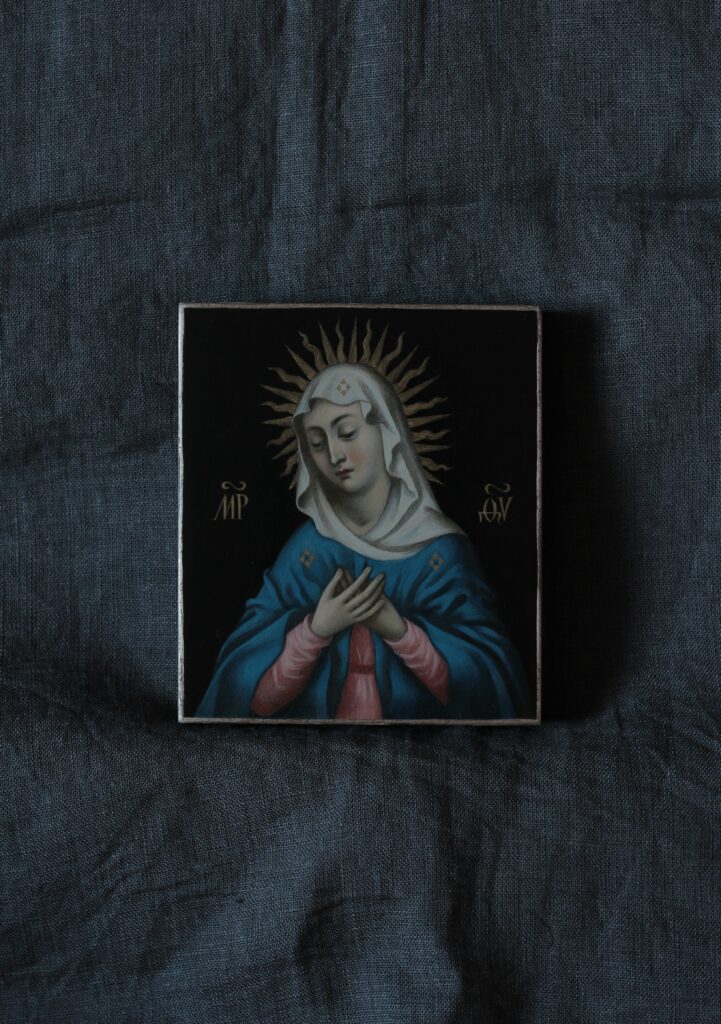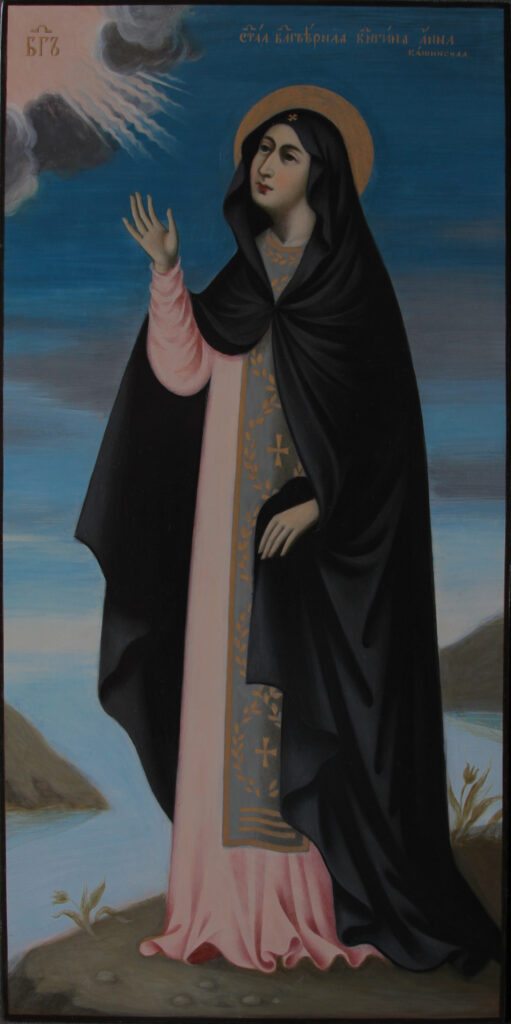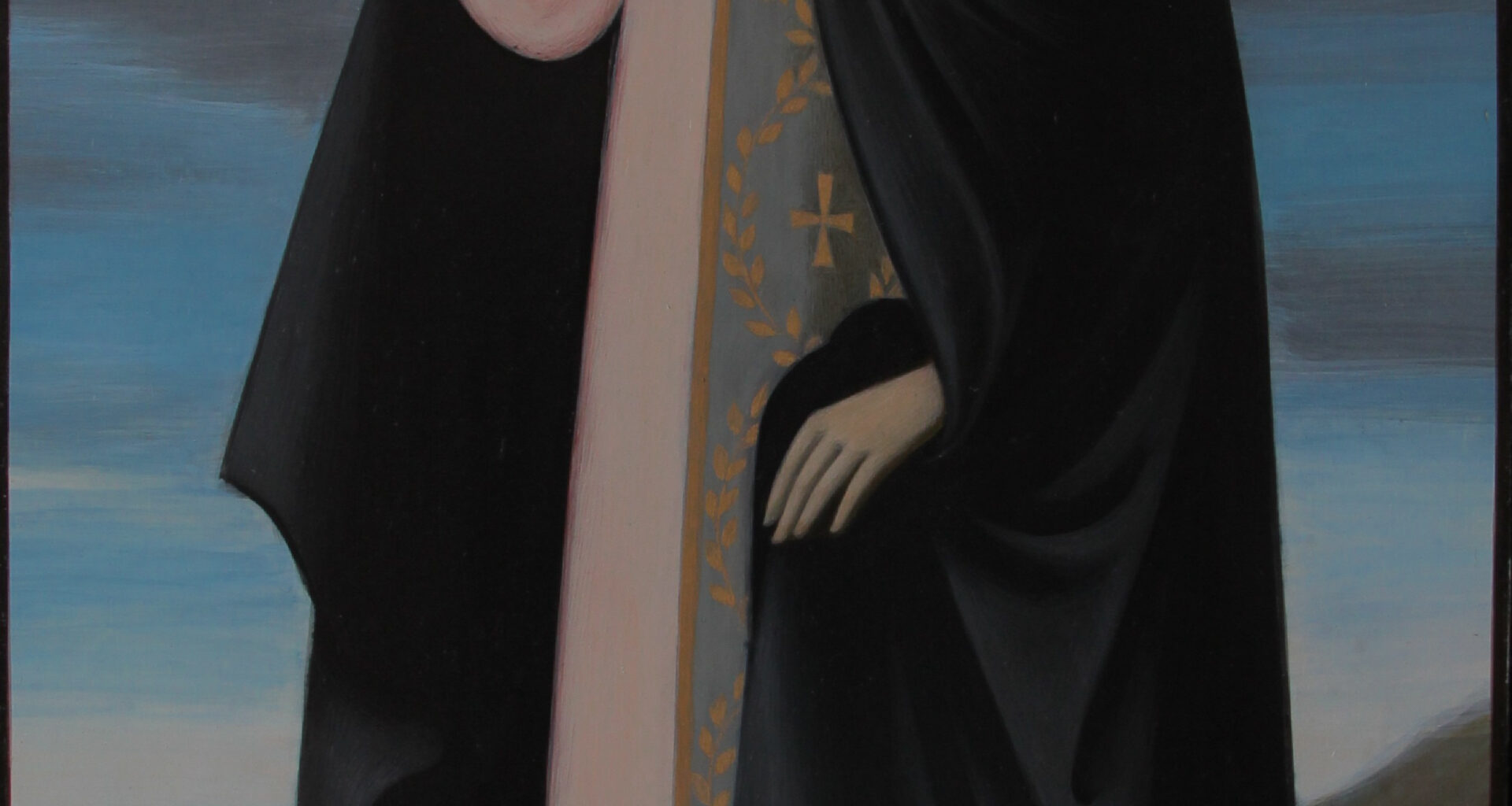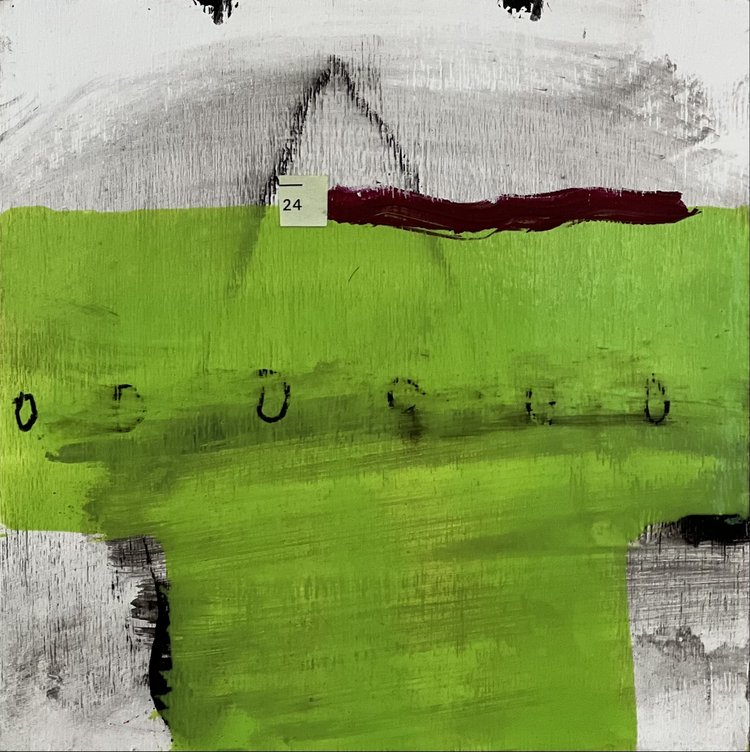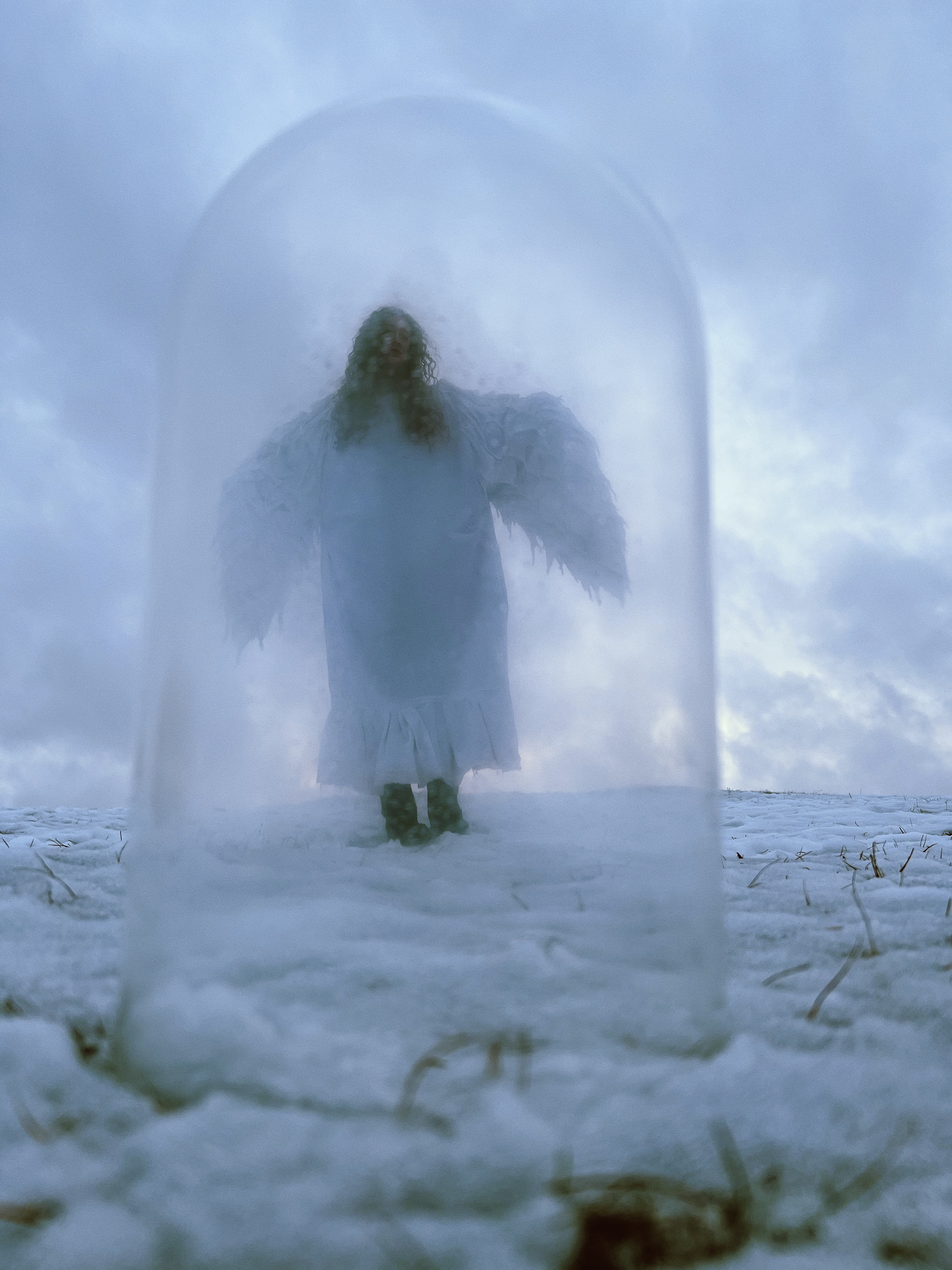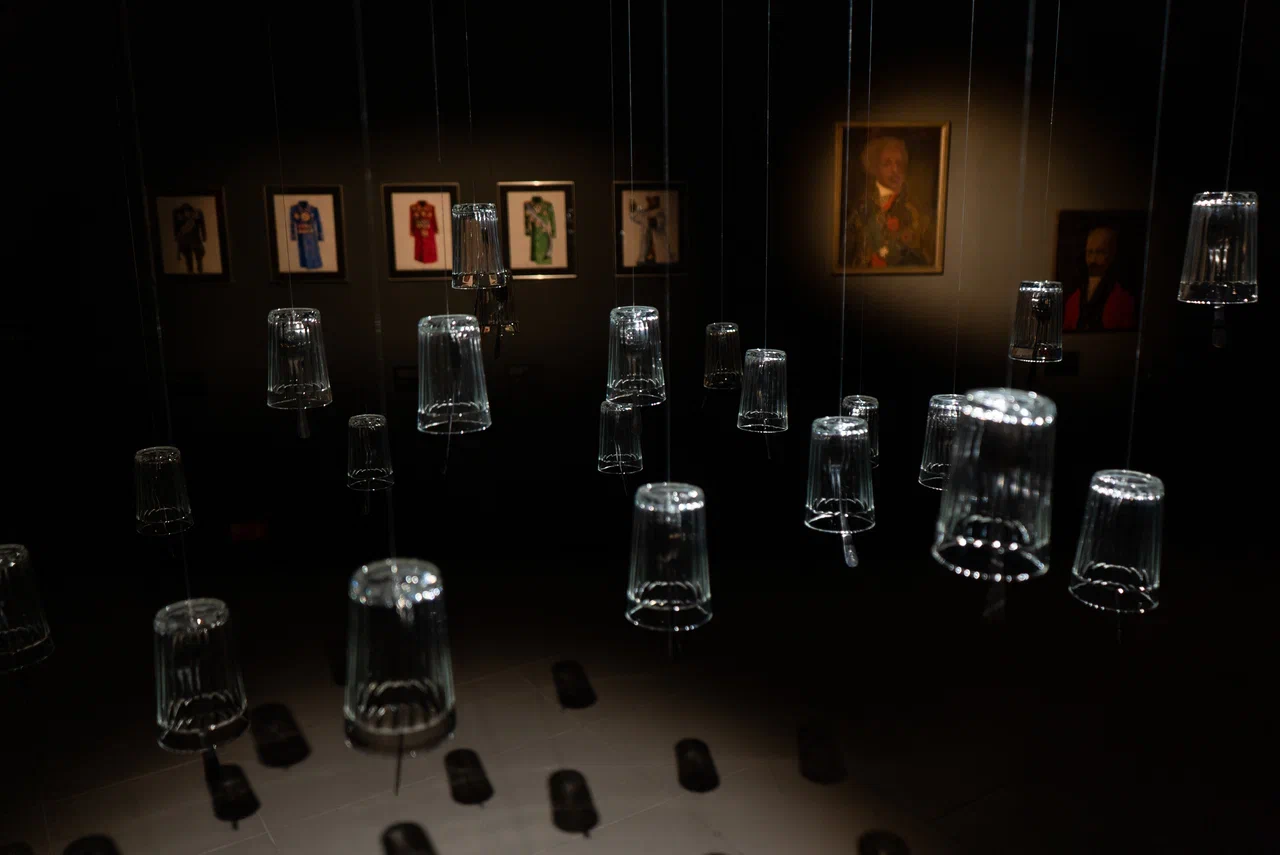The section “Icon of Today” shows masters of the modern icon, visionaries in this field, considering icon painting as a legitimate genre of contemporary visual art. This time the heroine of the material is Ivana Nenadich, and the commentary on her work was written by art historian Anna Efremova.
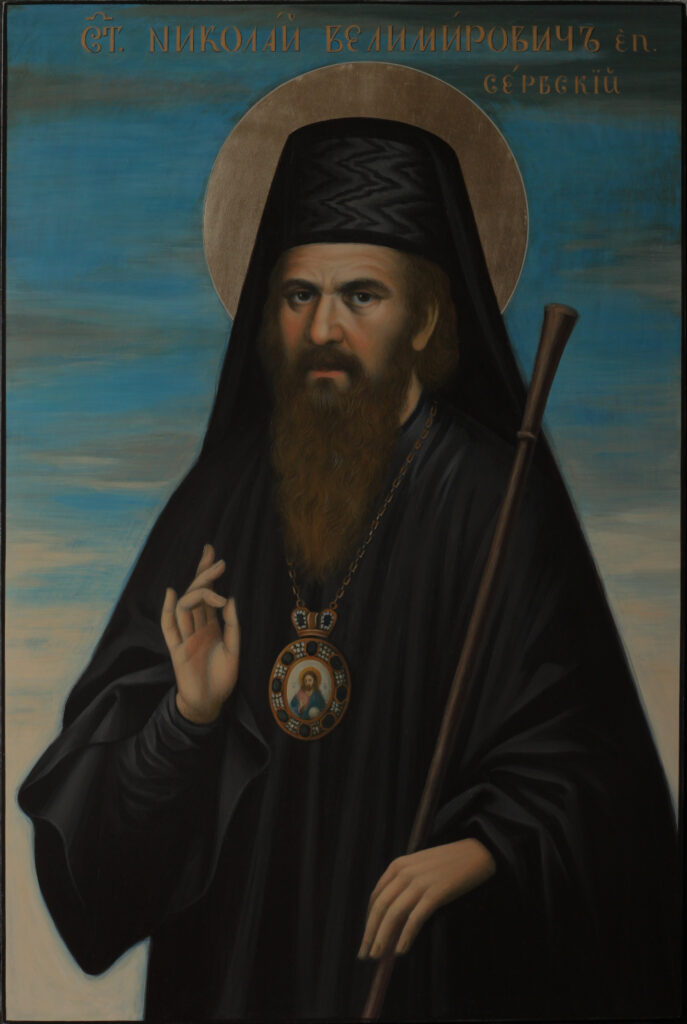
Today, masters of pigment and levkas need to overcome two main “barriers”: the formation of their own language without falling into stylization or mechanical copying and the constant overcoming of stereotypes associated with the genre of cult painting (elders with bears and all this). Painting a form over the contour of a drawing, the modern iconographer, just like the ancient one, tries to build images in his own individual manner. This is well observed in the works of Ivana Nenadich. Ivana paints accordingly to her time and, creating an image on the basis of a Baroque icon, uses a compromise stylistics. Her icons are an example of fine artistic organization and variation: lively lines, graceful silhouettes and the absence of decorative and ornamental overload peculiar to the synodal period. The combination of an intense primary color and dark background allows one to concentrate on personal writing and sincerely feel the icon. Her images of the New Martyrs deserve special mention: the clarity of the portrait features of the saints of the new time is conveyed by her without hyper-realism or, on the contrary, dry detachment. Ivana has two important qualities that define an iconographer – sensitivity to the Image and originality.
Efremova Anna
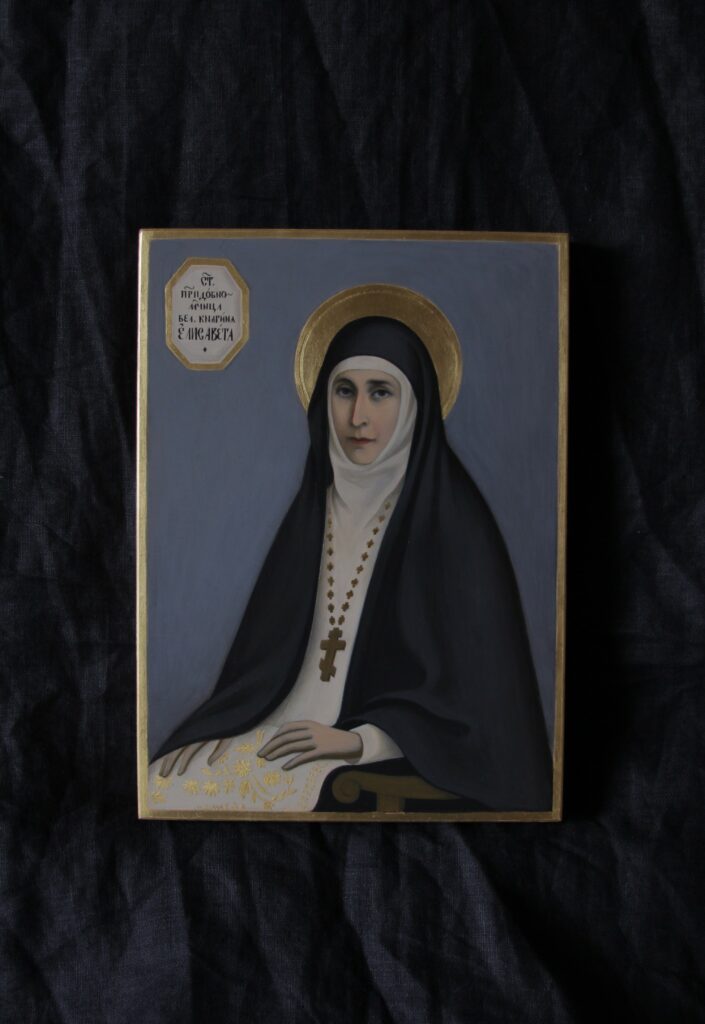
Ivana, tell us about how you got started in icon painting.
I started icon painting by accident – or rather, I didn’t even think about it at first.
In 2002 I was studying at the second year of the evening faculty in the specialty “designer of garments” (tailor) and I really wanted to become a fashion designer – to invent and sew beautiful dresses. My late father created mosaic panels in private houses and apartments of rich people. It was then that he showed my drawings to a master who was painting on one of these objects, after which he invited me to his studio. Of course, I realized that the master did it more out of politeness, and did not want to go there, but in the end I gave in to my father’s persuasion.
In the workshop I was given paints and a piece of Styrofoam – as I remember now, I had to draw the Virgin Mary on the throne from a picture. The matter was aggravated by the fact that it was full of other artists: some were painting icons, others were doing the project of painting the temple. And all with education – who graduated from the Surikov Institute, who Stroganovka, who studied at the Repin Academy … in such an environment I felt, to put it mildly, awkward. And the paint, of course, did not lie on the foam plastic… Mentally cursing that day, I nevertheless continued to copy the sample diligently. After that a few days passed, and for some reason I got a call and was invited to come again. Thus began my new life in the icon workshop.
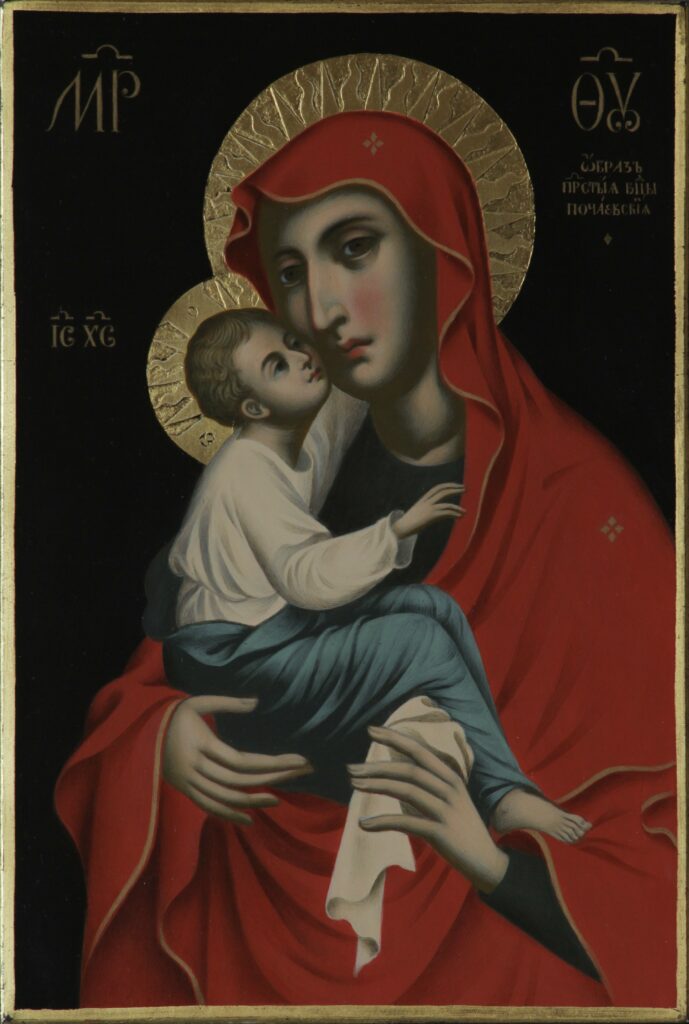
How did your style develop and is it developing now?
I did not invent any special style for myself. All the orders in the workshop were executed in the style of the Armory. My husband, with whom we carried out part of the order together, loved and still loves the 18th century icon and the Baroque style. He taught me a lot and generally had a great influence on my development as an artist. What attracted me to the Baroque was that no one worked in it then, and, as far as I know, few people work in it now. Icon painting of the 18th century was and still is considered by many to be a period of decline in the iconographic tradition – supposedly the icons of this time are more like “paintings on a religious theme” than icons proper.
Maybe in some ways this opinion is true, but it seems to me that everything depends first of all on the artist himself. It is possible to paint an icon in the ancient style, and the result is primitive. I have always been taught: write in such a way that your personal attitude to what you depict is visible. Now, of course, there is a lot of talk about it, but 20 years ago the work of many icon painters consisted in simply copying samples. Although there is a certain sense in this too: you learn and imitate until you find your own language.
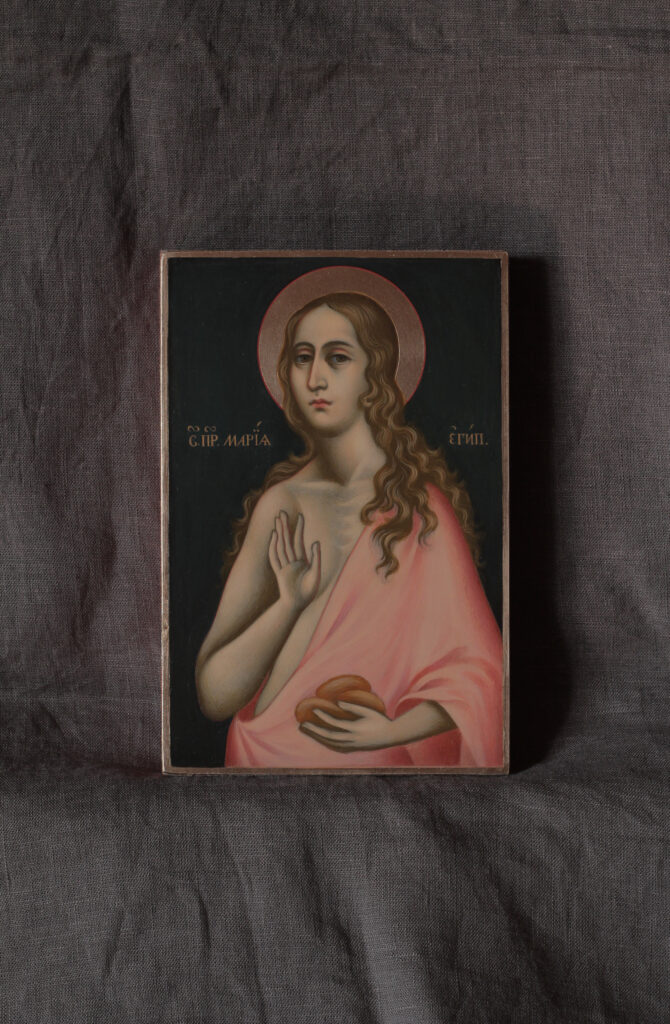
What is the most important thing for you to reflect in your art?
I don’t think about it – I just do what I love to do. First of all I have to solve purely professional problems: how to beautifully put together a figure, how to draw folds beautifully, how to find a beautiful coloristic solution. And only when all these elements are put together harmoniously, then the image is obtained, and not vice versa. Much in art is not only and not so much with the head, but with the hands. Not everything can be calculated in your mind: work often dictates its own way and takes you somewhere even beyond your will. Although even here you need a certain self-control, because an icon is first of all a prayer image. However, within the limits of purely artistic tasks, I think that even in icon painting the artist is completely free.
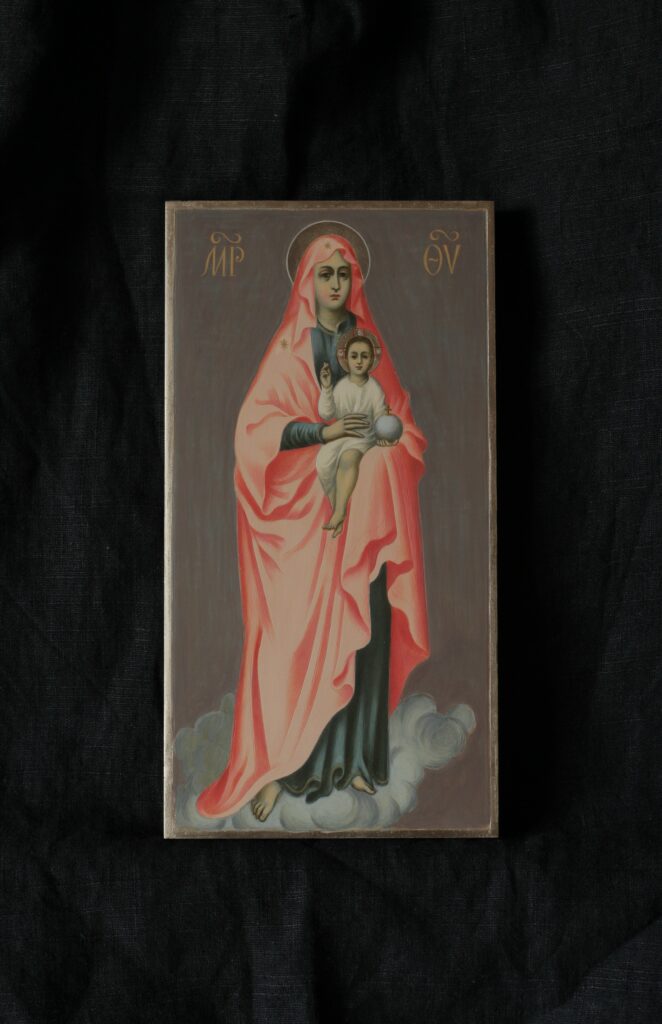
Tell us what inspires you and what do you dream about?
I am inspired by any real art at all, be it sculpture, painting or architecture. When I write, I try to look not only at iconographic examples – after all, the laws of fine art are essentially the same for all art in general. Specifically, I love the Early Renaissance and Quatrocento art – Cimabue, Simone Martini, Fra Angelico. I love the great Spaniards (Surbaran and Ribera), I admire the portraits of Cranach and Rembrandt. I love the East, in particular Persian miniature painting; icons, of course, in all their best examples; rock painting, the art of Ancient Egypt…. well, it’s easier to say what I don’t like.
Perhaps, I don’t like to dream. As a classic said: “Be careful what you wish for – they tend to come true”.
